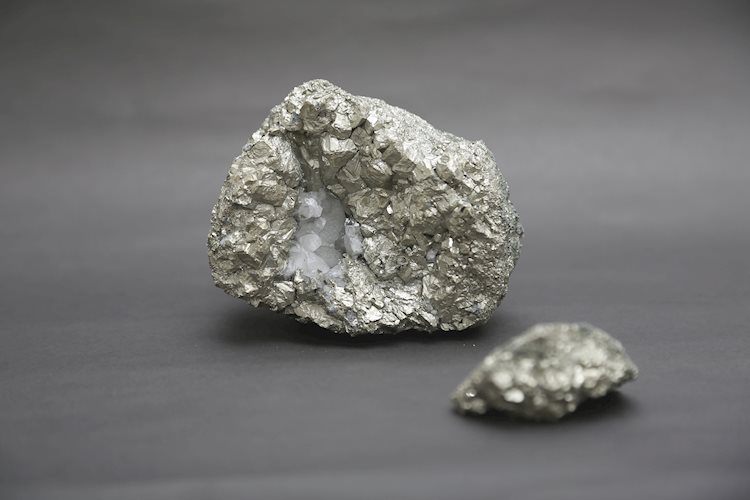- Silver prices advance as dollar-denominated metals become more affordable, supported by a weaker US Dollar.
- The grey metal finds support from safe-haven inflows as tensions in the Russia-Ukraine conflict escalate.
- Non-interest-bearing assets encountered headwinds after Fed Chair Jerome Powell dampened expectations of imminent rate cuts.
Silver price (XAG/USD) continues to gain ground for the second consecutive day, trading around $31.40 per troy ounce during the Asian session on Tuesday. The prices of the dollar-denominated Silver recover from two-month lows as the US Dollar (USD) experiences profit-taking selling after a recent rally. This rally was fueled by expectations of fewer Federal Reserve (Fed) rate cuts and optimism about US economic outperformance under the incoming Trump administration.
Meanwhile, safe-haven Silver is gaining traction amid rising geopolitical tensions. US President Joe Biden authorized Ukraine to use US-made weapons for strikes deep within Russia, a move that escalated concerns in the region. In response, the Kremlin issued a warning on Monday, vowing to retaliate against what it called a reckless decision by the Biden administration. Russia had earlier cautioned that such actions could significantly increase the risk of confrontation with NATO.
Non-yielding assets like Silver faced headwinds after Fed Chair Jerome Powell tempered expectations of immediate rate cuts. Powell emphasized the economy’s strength, a robust labor market, and ongoing inflationary pressures. He stated, “The economy is not sending any signals that we need to be in a hurry to lower rates.” Investors now await additional remarks from Fed officials this week for further insight into the trajectory of US interest rates.
Markets are closely monitoring China’s upcoming Loan Prime Rate (LPR) decision, anticipating potential additional stimulus measures to support economic growth. This follows the recent 10 trillion Yuan debt package, which did not include direct economic stimulus, heightening market concerns. As one of the world’s largest manufacturing hubs for electronics, solar panels, and automotive components, China’s industrial demand for Silver remains a key factor influencing its prices.
Silver FAQs
Silver is a precious metal highly traded among investors. It has been historically used as a store of value and a medium of exchange. Although less popular than Gold, traders may turn to Silver to diversify their investment portfolio, for its intrinsic value or as a potential hedge during high-inflation periods. Investors can buy physical Silver, in coins or in bars, or trade it through vehicles such as Exchange Traded Funds, which track its price on international markets.
Silver prices can move due to a wide range of factors. Geopolitical instability or fears of a deep recession can make Silver price escalate due to its safe-haven status, although to a lesser extent than Gold’s. As a yieldless asset, Silver tends to rise with lower interest rates. Its moves also depend on how the US Dollar (USD) behaves as the asset is priced in dollars (XAG/USD). A strong Dollar tends to keep the price of Silver at bay, whereas a weaker Dollar is likely to propel prices up. Other factors such as investment demand, mining supply – Silver is much more abundant than Gold – and recycling rates can also affect prices.
Silver is widely used in industry, particularly in sectors such as electronics or solar energy, as it has one of the highest electric conductivity of all metals – more than Copper and Gold. A surge in demand can increase prices, while a decline tends to lower them. Dynamics in the US, Chinese and Indian economies can also contribute to price swings: for the US and particularly China, their big industrial sectors use Silver in various processes; in India, consumers’ demand for the precious metal for jewellery also plays a key role in setting prices.
Silver prices tend to follow Gold’s moves. When Gold prices rise, Silver typically follows suit, as their status as safe-haven assets is similar. The Gold/Silver ratio, which shows the number of ounces of Silver needed to equal the value of one ounce of Gold, may help to determine the relative valuation between both metals. Some investors may consider a high ratio as an indicator that Silver is undervalued, or Gold is overvalued. On the contrary, a low ratio might suggest that Gold is undervalued relative to Silver.
Read the full article here

